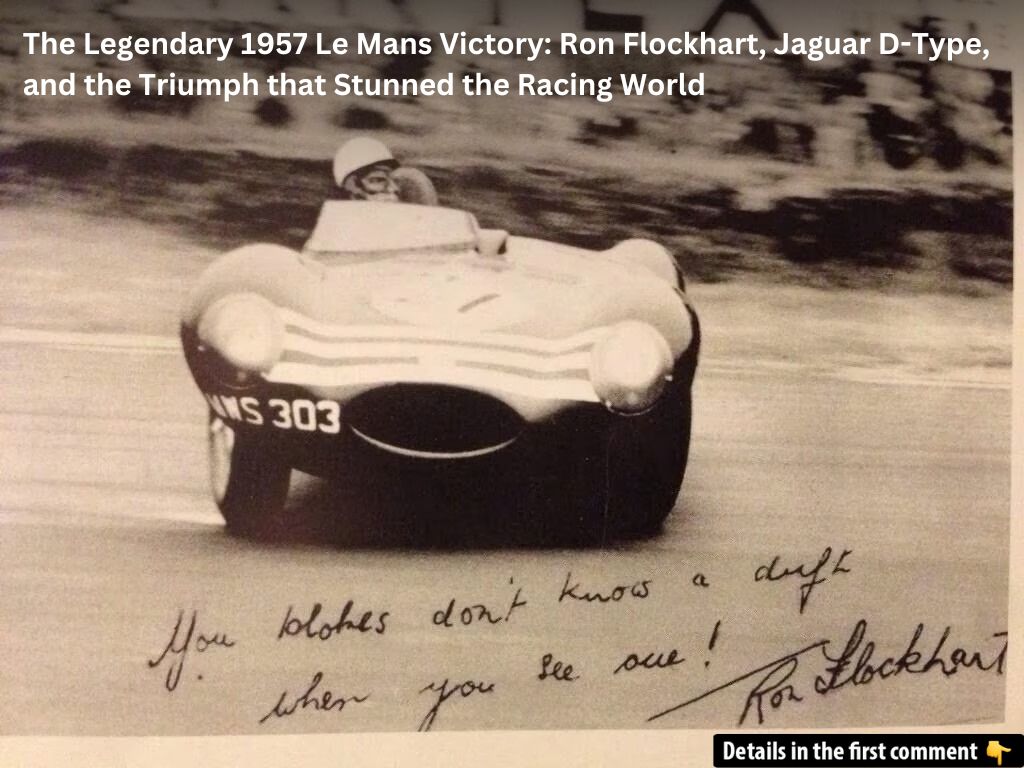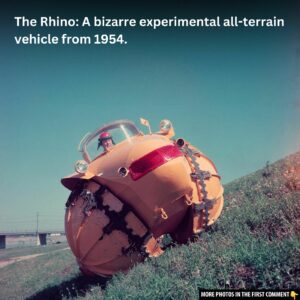In the world of motorsport, few victories resonate like the triumph of Ron Flockhart and the Jaguar D-Type at the 1957 Le Mans. This iconic win not only secured Jaguar’s place in racing history but also showcased the unrelenting skill of Flockhart, a man who was as passionate about flying as he was about racing. With a record-setting performance that stood for four years, this legendary victory remains one of the most impressive feats in the sport’s storied past.
Ron Flockhart: A Racer and Aviator
Ron Flockhart was a man of many talents, known not only for his prowess behind the wheel but also for his love of flying. Before making his mark in motorsport, Flockhart had served in World War II and developed a passion for racing motorcycles. His early career in the 1950s saw him compete in various disciplines, from single-seaters to sports cars. His big break came when he was hired by the Owen Organisation, which eventually led him to race for major teams like Ecurie Ecosse.
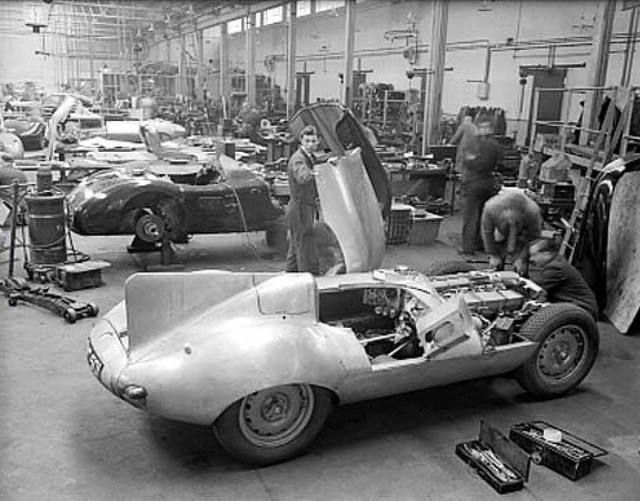
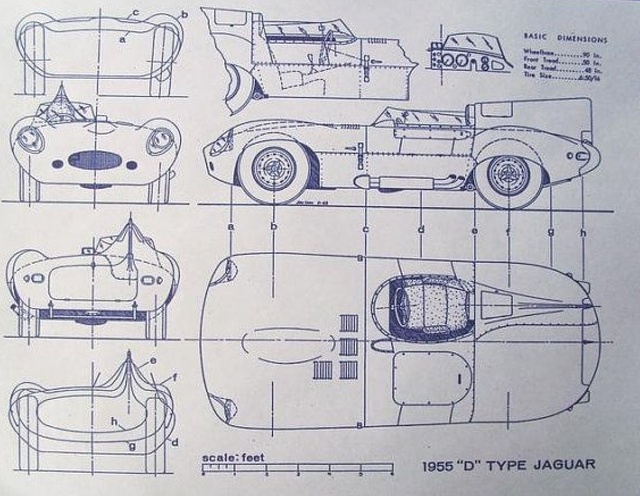
As a racer, Flockhart was highly regarded for his consistency, skill, and determination. He had already made a name for himself in the world of motorsport, particularly with his victory at Le Mans in 1956, where he partnered with Ninian Sanderson. However, it was in 1957 that he truly etched his name into Le Mans history by piloting the Jaguar D-Type to its third consecutive win at the prestigious event. In addition to his racing career, Flockhart was a qualified pilot who used his flying skills to travel across Europe to races, making him one of the few drivers who could claim such a dual passion.


Video
Watch the video on the 1957 German Grand Prix to relive the excitement and drama of this historic race.
The 1957 Le Mans: The Jaguar D-Type’s Triumph
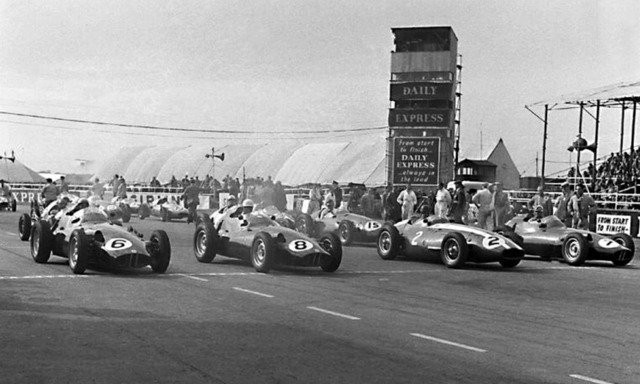
The 1957 Le Mans 24 Hours was a race that would go down in history as one of the most dominant performances in endurance racing. The Jaguar D-Type, a car that had already proven its mettle in 1955 and 1956, was once again the star of the show. With Flockhart and his co-driver Ivor Bueb behind the wheel, the Jaguar D-Type dominated the race from start to finish. They covered a total of 4,397 kilometers at an average speed of 183 km/h, setting a record that would stand for four years.
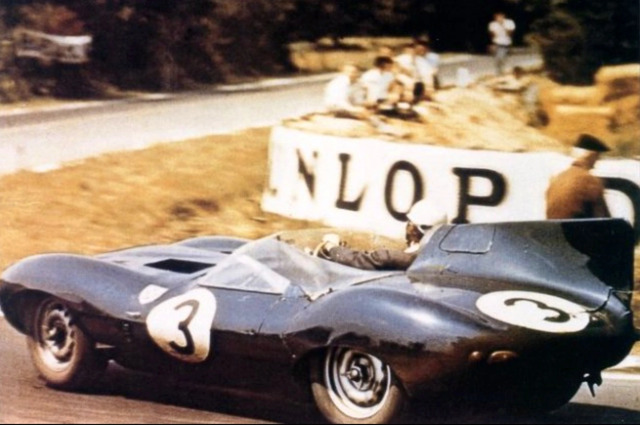
The race was marked by impressive finishes from multiple Jaguar D-Type teams, as the cars finished second, third, fourth, and sixth. The winning car, XKD606, was the last of the long-nose 1956 works cars. Despite suffering an early setback in 1956 when it was crashed in practice by Desmond Titterington, the car was repaired and delivered to Ecurie Ecosse in late 1956. The 3.8-liter fuel-injected engine that powered the car produced approximately 306 horsepower at 5,500 rpm, providing the necessary performance for such a grueling endurance race.
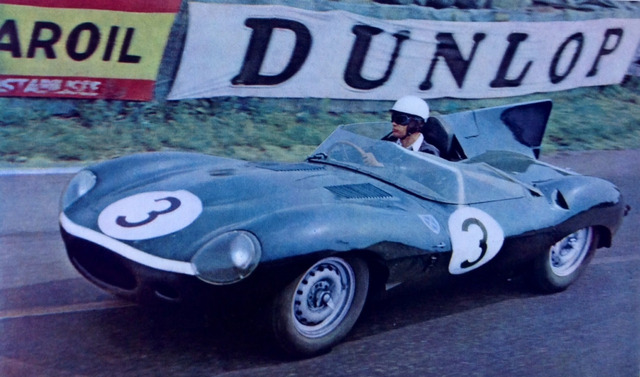
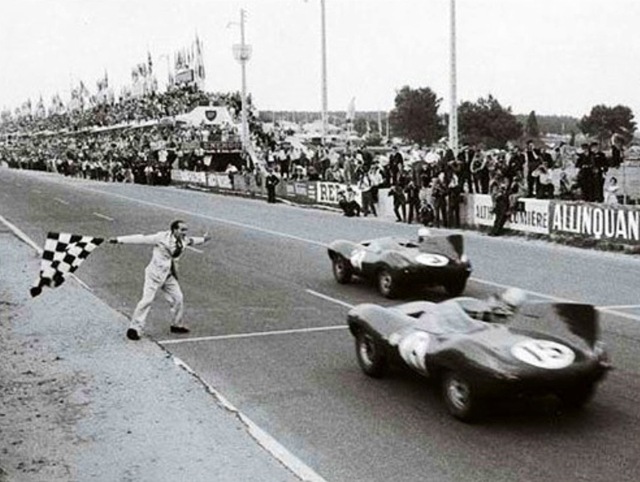
The win was also notable for its dramatic finish, with Flockhart and Bueb crossing the line ahead of their competitors, solidifying Jaguar’s dominance at Le Mans. This victory marked the end of an era for the D-Type, as Jaguar’s factory team withdrew from racing after the 1957 season. However, the D-Type’s legacy continued to live on through privateer teams and historic racing events, cementing its place in racing history.
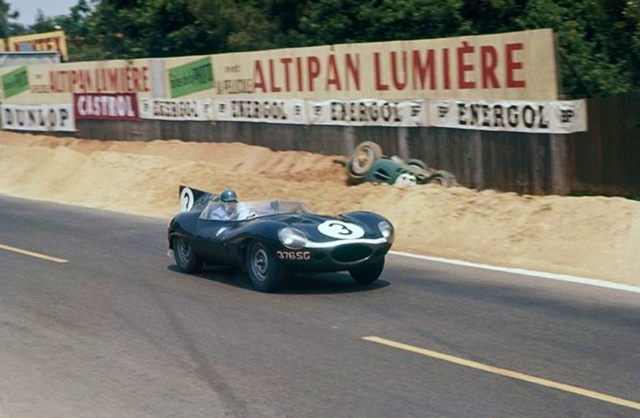

XKD606: The Iconic Jaguar D-Type
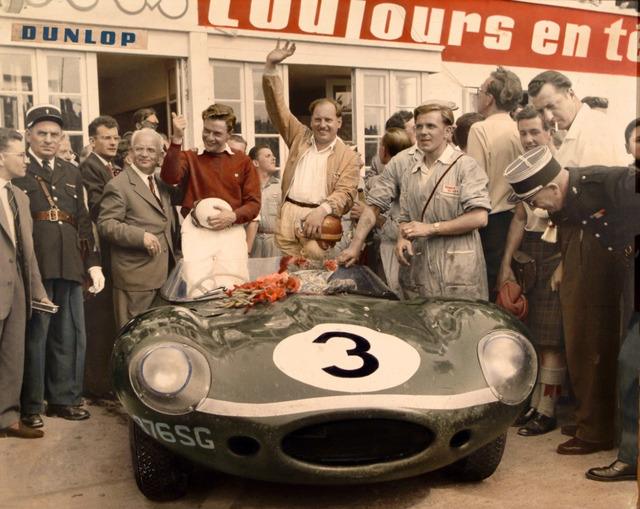
The car that secured the 1957 Le Mans victory, XKD606, was more than just a machine—it was a symbol of engineering excellence and racing prowess. The Jaguar D-Type, designed by the legendary Malcolm Sayer, was a departure from previous designs, featuring a sleek aerodynamic shape that minimized drag and enhanced performance on the straights. Its lightweight construction, advanced suspension system, and powerful engine made it a formidable competitor on the track.
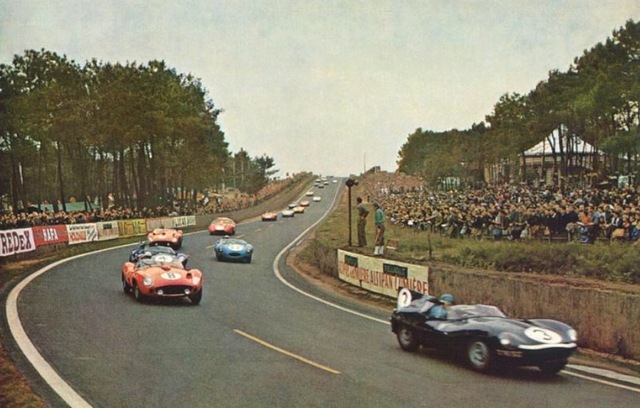
XKD606 was a standout example of the D-Type, with its long-nose design and factory support that helped propel it to victory. The car’s technical specifications were ahead of its time, with a 3.8-liter engine and fuel-injection system that allowed it to maintain speed and endurance throughout the 24-hour race. While the car was originally a 1956 works car, its successful 1957 campaign with Ecurie Ecosse cemented its place in Le Mans history.
After its triumph at Le Mans, XKD606 continued to race in other events, including the Buenos Aires 1000 km race in 1957. However, after a crash, the car was rebuilt with a new chassis and bonnet. Despite the setbacks, XKD606 remains one of the most iconic and coveted race cars in the world, regularly participating in historic racing events and museum exhibitions.
The Legacy of Ron Flockhart and the Jaguar D-Type
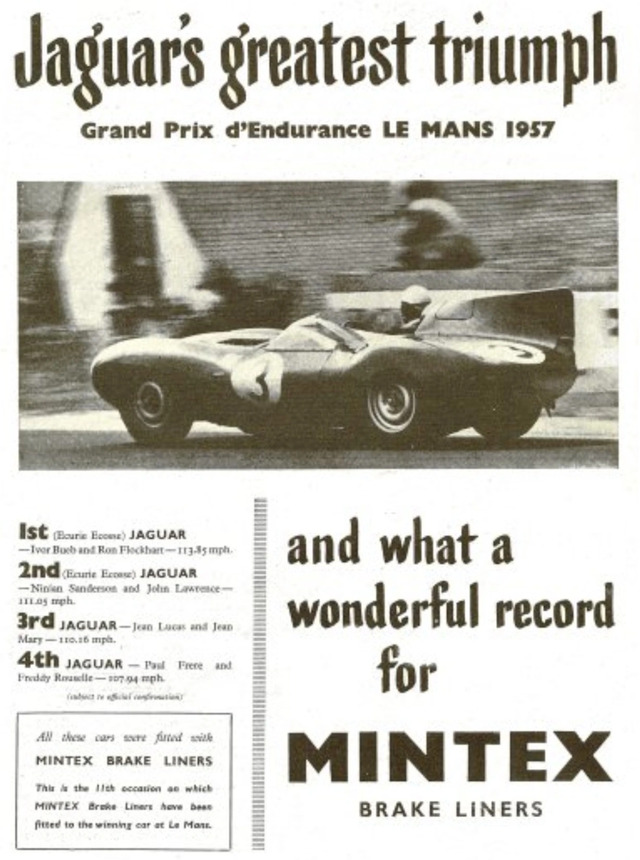
Ron Flockhart’s victory at the 1957 Le Mans solidified his place as one of the greatest drivers of his era. His ability to extract the maximum performance from the Jaguar D-Type and his strategic approach to endurance racing were key factors in the success of Ecurie Ecosse and Jaguar at Le Mans. Flockhart’s skill behind the wheel, combined with his love for aviation, made him a unique figure in motorsport history.
The legacy of the Jaguar D-Type lives on through the continued success of its surviving examples in historic racing. XKD606, in particular, remains a testament to the engineering brilliance of Jaguar and the resilience of the drivers who piloted it to victory. The car has been lovingly restored and remains a prized asset in the world of classic racing.
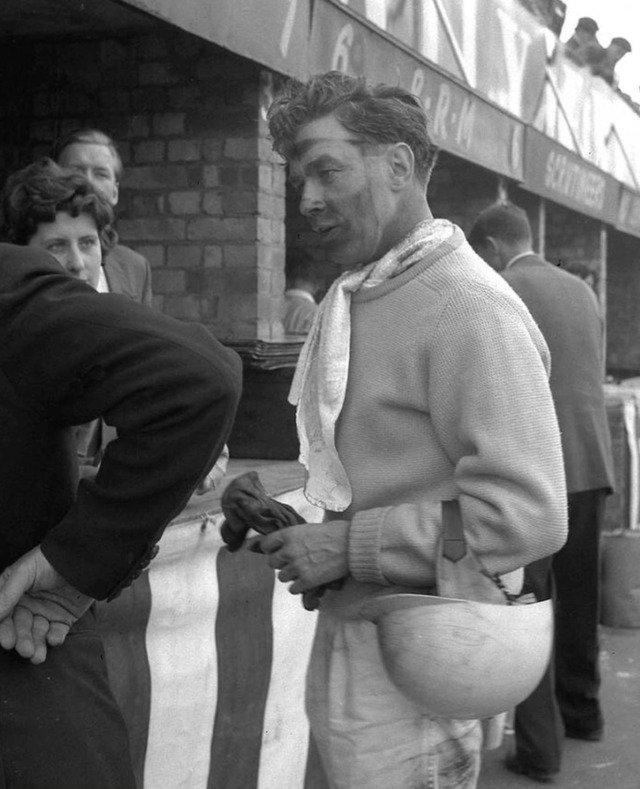
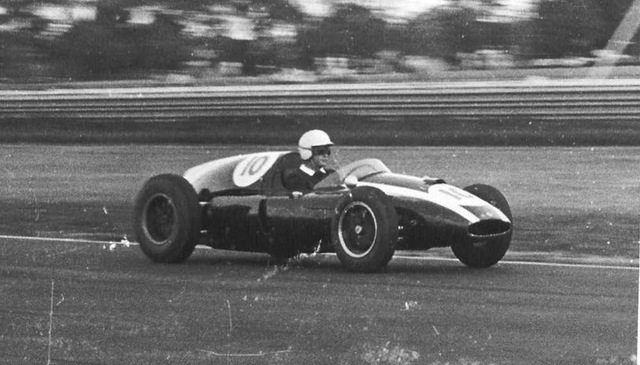
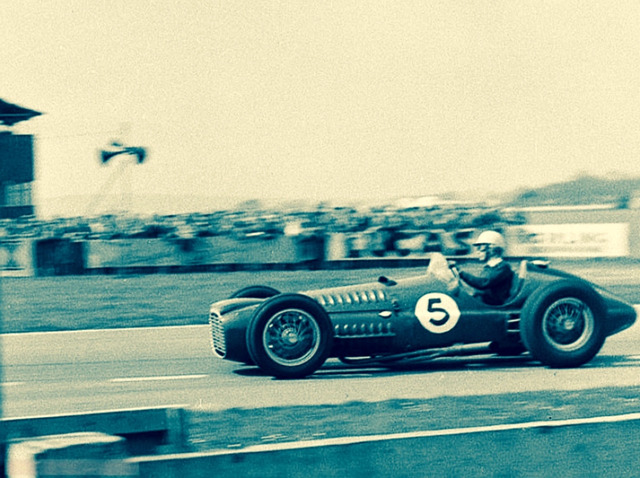
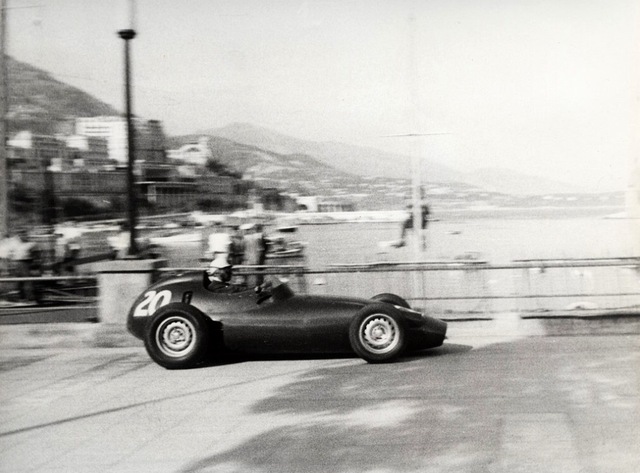
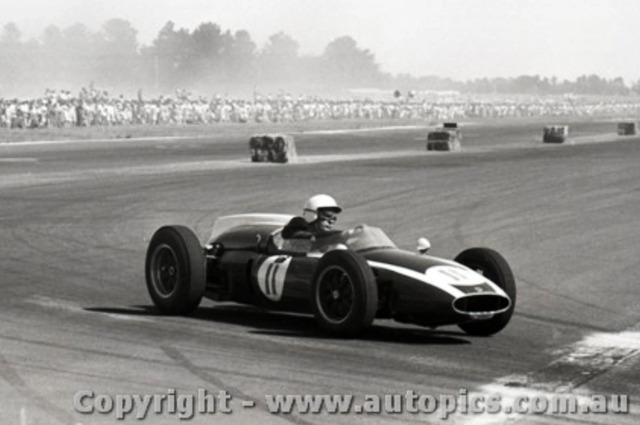
Conclusion
The 1957 Le Mans victory by Ron Flockhart and the Jaguar D-Type is one of the most iconic moments in motorsport history. It not only marked the culmination of Jaguar’s dominance at Le Mans but also highlighted the incredible skill of Flockhart and his co-driver Ivor Bueb. The D-Type, with its advanced design and performance, proved itself as one of the greatest race cars of all time, and its legacy continues to inspire racing enthusiasts around the world. The triumph of 1957 remains a golden chapter in the history of Le Mans and endurance racing, a testament to the enduring spirit of competition and innovation in motorsport.
Video
Check out the video to ride along with Mike Hawthorn at the 1956 Le Mans in a D-type Jaguar for an exhilarating experience!
